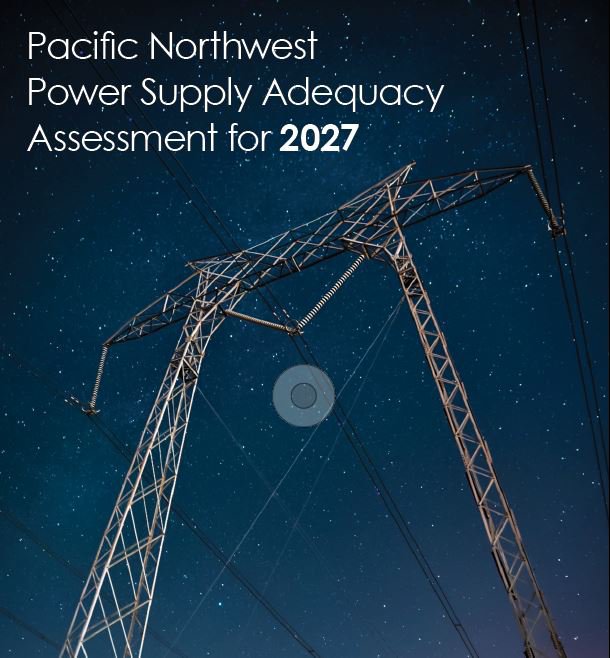Council 2027 Resource Adequacy Assessment Complete
- January 17, 2023
- Ann E. Gravatt

Last week, the Council approved for release the 2027 Resource Adequacy Assessment. This represents the culmination of many months of work by the Council, staff, and advisory committees to ensure the power plan will provide “an adequate, efficient, economic and reliable power supply.” Staff reminded the Council that a resource adequacy assessment is not a measure of risk with clear bright lines. Instead, it is a relative analysis of risk – meaning an “adequate” system may not be immune to shortfalls and an “inadequate” system may perform without any shortfalls.
This year’s adequacy assessment differs in several important respects from previous analyses. First, the 2021 Plan recommended a much more diverse resource strategy than in the past, including 750-1,000 average megawatts of energy efficiency; acquisition of a significant level of renewable resources (at least 3,500 megawatts); 720 megawatts of demand response; and at least 3,100 megawatts of additional reserves. In the past, the resource adequacy analysis would model the recommended energy efficiency levels, plus whatever resources had been built in the region since the plan's release. Given the more diverse 2021 plan strategy, the 2027 assessment is also a far more comprehensive analysis, using an updated GENEYSYS model and analyzing a wide variety of scenarios.
In addition, this year staff recommended a revision to the long-used risk metric, Loss of Load Probability. Staff believe that a multi-metric approach is a far better indicator of actual risk to the system. For a clear explanation of the new recommended metrics, see this video presentation by Senior Power Analyst John Fazio.
Also see the full presentation to the Council.



